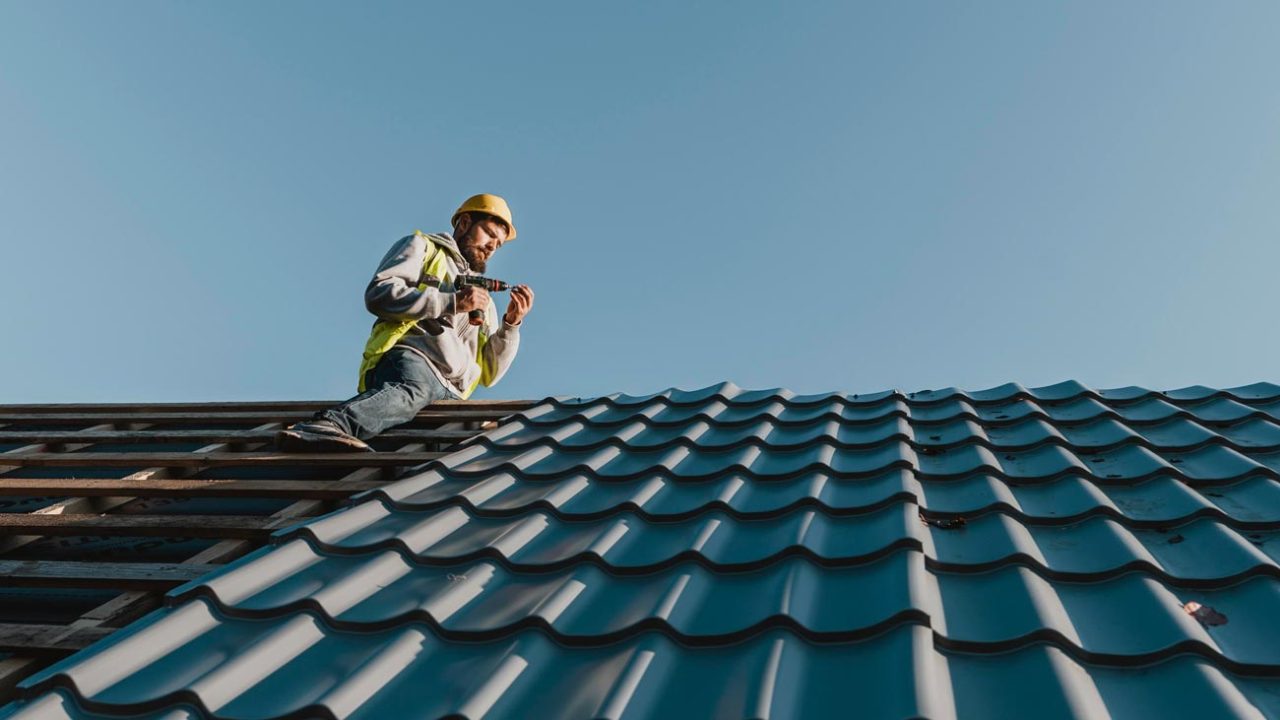After more than forty years in roofing, one truth stands out: no two roofs are exactly alike. Each one has its own personality, shaped by weather, age, and the occasional raccoon that thinks it’s found a permanent residence. The big question most property owners eventually face is whether to repair a roof or replace it entirely. It’s not always an easy call, but with the right considerations, the decision becomes clearer.
The Role of Age
Age tells a lot about a roof. Asphalt shingles, common in Wisconsin, generally last between 20 and 30 years. Once a roof gets close to that range, it tends to develop issues more frequently. Repairs can keep it going a little longer, but at some point, replacement becomes the more practical option.
Think of it like an old pickup truck. Patching up the fender and swapping out a few parts works fine for a while, but eventually the engine, the transmission, and the frame all start complaining at once. At that point, it’s time to consider a trade-in.
Spotting the Signs
Not all damage requires a full replacement. Some issues are like scraped knees—annoying but manageable. Missing shingles after a windstorm, a small leak near flashing, or a bit of storm damage in one area can often be fixed with straightforward repairs.
Other problems are more like broken bones—serious and hard to ignore. Large areas of curling or cracked shingles, sagging sections of decking, or multiple leaks across different rooms signal that the roof’s health is failing. In these cases, replacement is the safer and more cost-effective choice.
Costs in the Long Run
At first glance, repairs usually look like the cheaper option. But if those repairs pile up every season, the cost adds up quickly. Chasing leaks one by one can sometimes end up costing more than investing in a new roof that solves the problems all at once.
It’s like constantly patching a tire that keeps picking up nails. At some point, buying a new tire makes more sense than spending every weekend with a can of sealant.
Wisconsin Weather Doesn’t Play Nice
Roofs in Wisconsin have it harder than most. Heavy snow loads, ice dams, spring storms, and hot summers put roofing materials to the test. Freeze-thaw cycles cause shingles and flashing to expand and contract, eventually wearing them down. A roof that might last 30 years in another part of the country might only last 20 here.
That’s why inspections are so important. Catching small problems before they turn into big ones is the best way to extend a roof’s life. And in a state where one winter can feel like three, staying ahead of the weather is half the battle.
Efficiency Matters
Older roofs often lack the efficiency of modern materials. Even if they’re patched and holding together, they may still let heating and cooling costs climb. Replacing a roof with newer products can improve energy efficiency, which helps offset the upfront cost over time.
Repairs may keep water out, but they don’t always solve inefficiency. A roof that’s been standing for decades might be working harder against the weather than it should.
Safety First
A roof isn’t just about keeping rain off the furniture. It’s also about protecting the structure and the people inside it. When a roof starts to sag or leaks begin to spread, it’s more than an inconvenience—it’s a safety concern. At that point, the choice between repair and replacement isn’t really a choice at all.
The Role of Inspection
Deciding between repair and replacement isn’t always obvious from the ground. Professional inspections take the guesswork out of the process. Looking at the surface, the attic, and the structure beneath tells the full story. Skipping this step is like diagnosing a car problem by kicking the tires. It might feel satisfying, but it doesn’t actually tell much.
Small Businesses and Big Decisions
For homeowners and business owners alike, the decision often comes down to balancing cost and timing. A repair might stretch the life of a roof another few years, buying time to plan for replacement. On the other hand, waiting too long can mean paying for both frequent repairs and a new roof sooner than expected.
Making the call isn’t about choosing the cheapest option in the moment. It’s about understanding the long-term impact on the building, the budget, and the peace of mind that comes from knowing the roof is sound.
Final Thoughts
Roofs, like people, age in their own ways. Some hold up strong for decades, while others show wear faster thanks to weather, materials, or plain bad luck. The decision to repair or replace isn’t always straightforward, but it becomes easier when age, condition, cost, and safety are weighed together.
In Wisconsin, roofs are the first line of defense against some of the toughest conditions in the country. Taking care of them—whether through timely repairs or well-planned replacement—makes all the difference. And while no one likes to think about the day a roof needs to be replaced, it’s far better than thinking about the day the living room turns into an indoor swimming pool.



